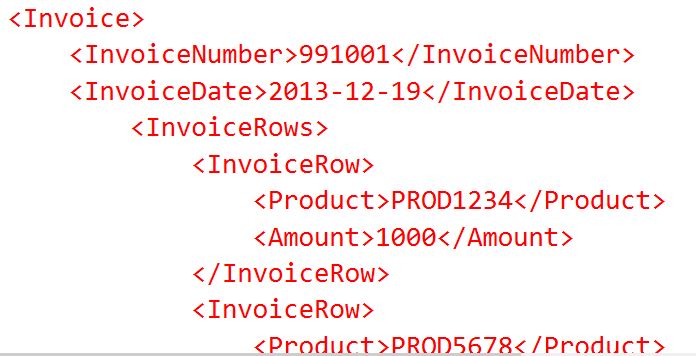Ever had a folder with a bunch of XML documents that you needed to query? Read … Get element max value from folder with XML filesRead more
XML
Create XML with T-SQL function FOR XML
Some time ago I demonstrated how to use XQuery to map a hierarchical XML document into … Create XML with T-SQL function FOR XMLRead more
Using MapForce to insert hierarchical XML to relational tables
In an earlier blog post, I demonstrated a way to insert a hierarchical XML document into … Using MapForce to insert hierarchical XML to relational tablesRead more
Using XQuery to insert a XML hierarchy into parent / child tables
A XML document is hierarchical. A value gets meaning from its position in the document. Nodes … Using XQuery to insert a XML hierarchy into parent / child tablesRead more


